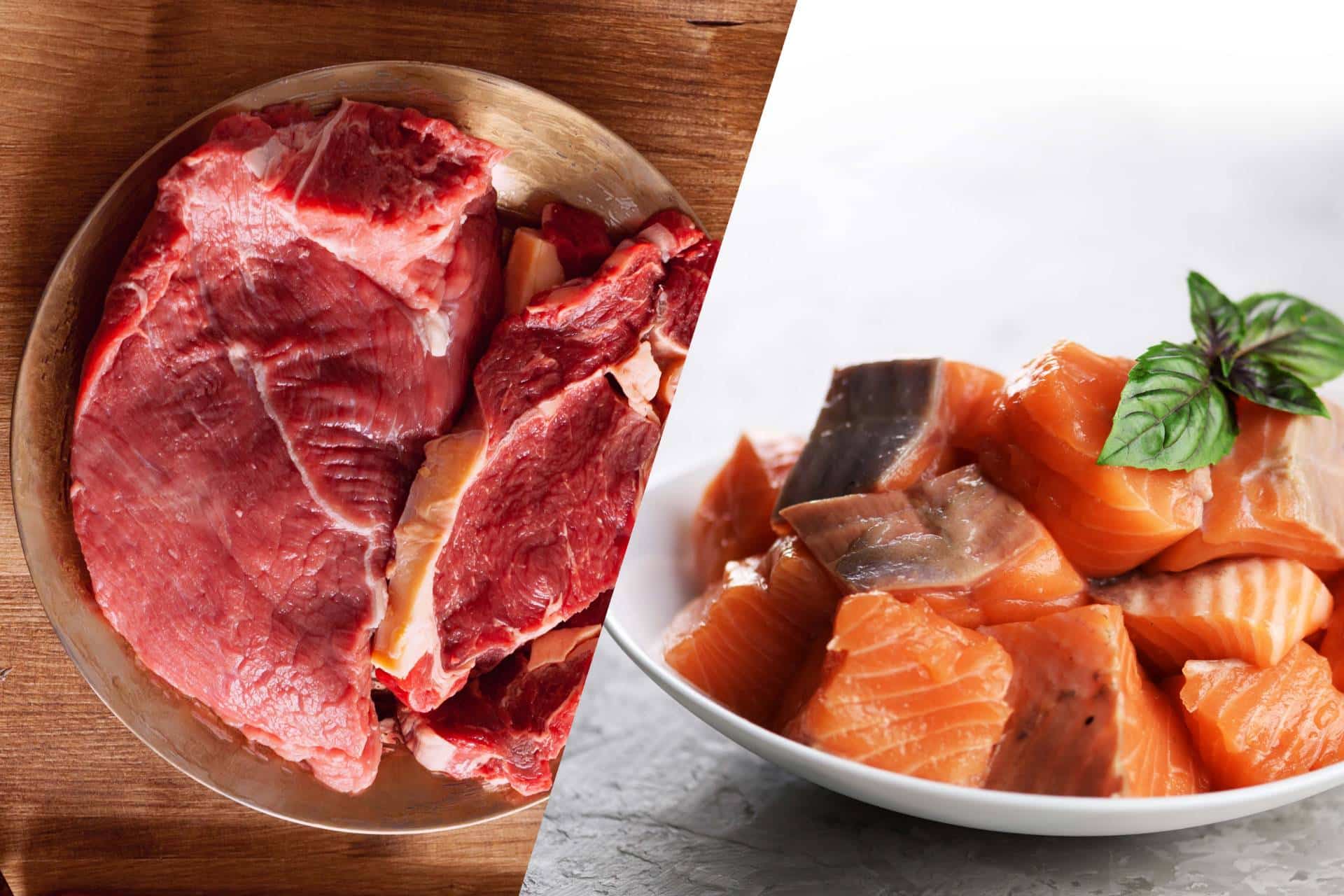Fish lovers are in luck. Fish prevents diseases when it replaces red meat as a source of protein.
The effects of red meat
It is a proven fact that red meat is very harmful to health. High intakes (more than 3 portions per week) of red meat increase the risk of death. There is talk of a 10% increase in the risk of death in a period of 8 years for every 8 years in which we maintain this practice.
In addition, if this red meat is processed, that is to say, sausages such as those that abound in our gastronomy, the percentage changes from 10 to 13%.
Although we already knew about the effects of red meat, it is only now that many of the long-term nutritional studies are offering their results and show no mercy to red meat.
Alternative protein sources
We already know that increasing red meat consumption increases the risk of heart disease or cancer, among other life-threatening diseases. However, you need to know that reducing our consumption has the opposite effects. The risk of death is exponentially reduced for each serving of red meat we stop eating.
However, red meat is also a very rich source of protein. One of the best actions you can take is to change the source of protein. Fish prevents diseases when it replaces red meat as a source of protein and is the healthiest option to do so. In addition, you can find other foods high in protein such as poultry, dairy products, legumes and whole grains and eggs.
Below you will find the most commonly consumed fish that contain a higher amount of concentrated protein:
| Fish | Proteins per 100 g. |
| Bonito | 24,7 g. |
| Tuna | 21,5 g. |
| Anchovy | 21 g. |
| Anchovy | 21 g. |
| Salmon | 20,7 g. |
| Sea bream | 18,7 g. |
| Cod | 17,7 g. |





